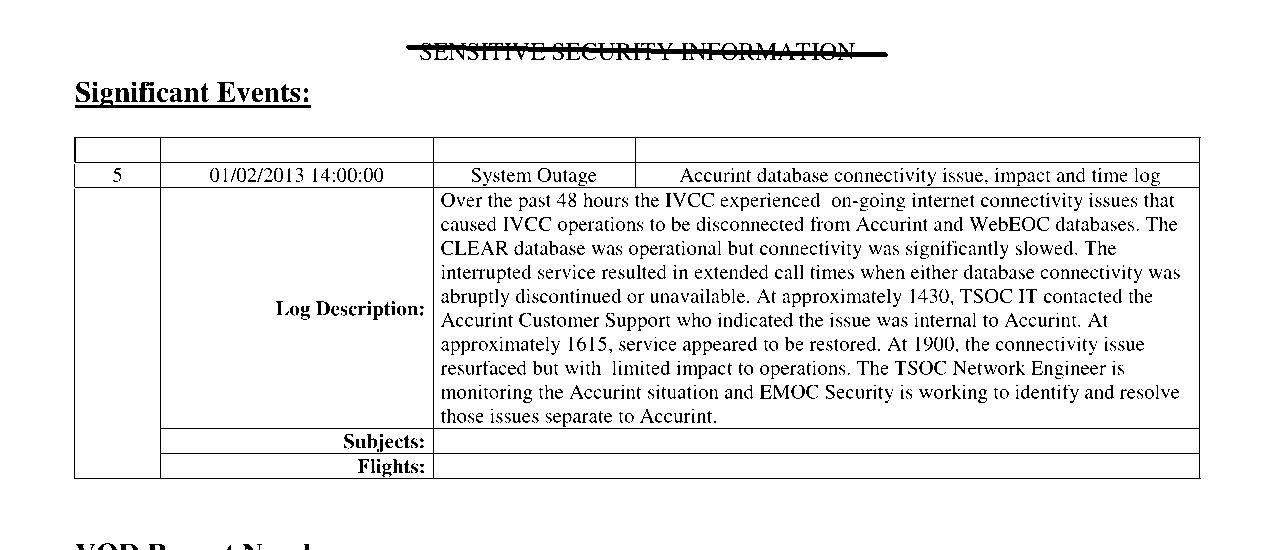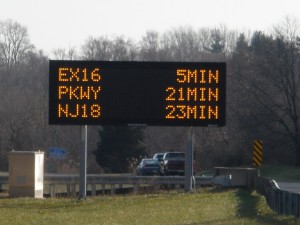More pre-crime profiling of visitors to the US?
President Obama’s televised speech last Sunday included a smorgasbord of proposals (and endorsements for proposals already made by members of Congress) for more control and surveillance of travel.
We’ll look first at the proposals for restrictions on travel by foreign visitors to the US, followed in our next post by some of those that would affect US citizens.
According to the President:
We should put in place stronger screening for those who come to America without a visa so that we can take a hard look at whether they’ve traveled to warzones. And we’re working with members of both parties in Congress to do exactly that.
What does “stronger screening” mean? And what’s a “warzone” [sic] when on the one hand there has been no declaration of war against anyone, anywhere, and on the other hand the government apparently believes that it has the authority to treat the entire planet as a battlefield on which to wage its “War on Terror”?
To understand what the President really means, let’s look at the proposed legislation. The President appears to have been referring to H.R.158, the so-called “Visa Waiver Program Improvement Act of 2015”, which passed the House this week and is pending in the Senate.
The “Visa Waiver Program” (VWP) is a scheme under which citizens of certain preferred countries are given US government permission through the “Electronic System for Travel Authorization” (ESTA) to board flights to the US — provided that they agree in advance that they when they arrive in the US, they can be denied admission for any or no reason, that they will not contest any denial of admission, and that they will bear their own costs of deportation if they aren’t admitted.
This isn’t based on reciprocity. Citizens of all other second-class countries must obtain paper visas, which require a much higher fee and an in-person interview at a US Embassy or Consulate, even for short visits as tourists or to change planes in the US in transit between e.g. Europe or Asia and Latin America.
Most of the countries that the US “allows” to participate in the VWP allow US citizens to enter as tourists, and sometimes for other purposes, without obtaining any permission or submitting any information to the destination government prior to their arrival.
An ESTA walks like a visa and quacks like a visa, except that it is issued electronically rather than stamped in a passport. To obtain an ESTA, a would-be foreign visitor must apply through a cumbersome CBP Web site, providing a variety of personal information to enable the application to be matched with the applicant’s “travel history” and other secret data in the CBP’s Automated Targeting System (the information required on the ESTA application was just increased last month) and pay a fee with a credit card so that the application can also be matched with any US government records about the applicant’s finances.
The travel industry reportedly wants the current euphemistic name of this program changed to the more Orwellian, “Secure Travel Partnership”, which gives a pretty accurate indication of the industry’s willingness to partner with governments in surveillance and control of travelers, as long as doing so doesn’t cost the industry money.
Any foreign citizen who “intends” to enter the US under the VWP is required to obtain an ESTA before CBP will give an airline permission to issue a boarding pass for a flight to the U S.
After operating the VWP/ESTA scheme for seven years under an “interim” rule, the DHS finalized the VWP/ESTA regulations and made them permanent earlier this year, dismissing our objections that the rules are unconstitutional, violate US obligations under international human rights treaties, and exceed the authority of CBP or the DHS.
How would any of this change if the bill endorsed by the President, H.R.158, becomes law?
Aside from reporting requirements, the only substantive change that would be made by the House bill would be to require that the secret pre-crime prediction algorithm incorporated into the ESTA approval/denial decision-making black box must consider “terrorism risk” in addition to, as is already required, “security risk”. We have no idea what this means. What sort of “terrorism risk” wouldn’t also constitute a “security risk”? But we can only assume that the proponents of this bill, including the President, want more secret rules added to the algorithm, to keep away even more visitors.
The White House has also talked about denying ESTA approvals and entry under the VWP on the basis of which other countries travelers have previously visited. A European citizen who has visited friends or family in Syria, for example, might find themselves barred from the US for the next five years unless they go through the drawn-out and expensive process of applying for a full US visa. A provision to this effect is part of both the Democratic (S. 2337) and Republican (S. 2362) versions of Visa Waiver Program bills pending in the Senate, but wasn’t included in the version approved by the House.

